Home>Furniture & Design>Interior Design Trends>What Are Glass Needles
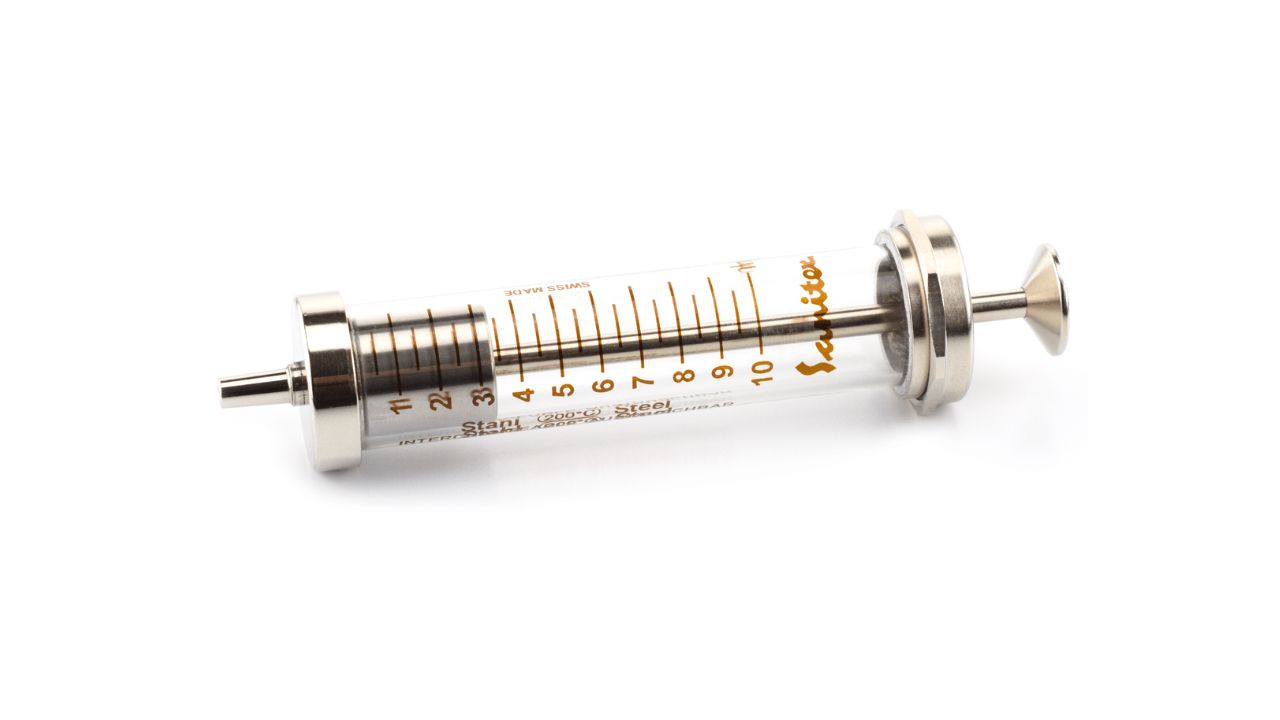

Interior Design Trends
What Are Glass Needles
Modified: February 18, 2024
Discover the latest interior design trends with glass needles. Explore how these unique elements can elevate your space and create a modern, sophisticated look.
(Many of the links in this article redirect to a specific reviewed product. Your purchase of these products through affiliate links helps to generate commission for Storables.com, at no extra cost. Learn more)
Introduction
Glass needles are a fascinating and versatile tool that has found its place in various fields, from science and medicine to art and crafting. These delicate yet durable instruments have a rich history and a wide range of applications, making them an intriguing subject to explore.
Glass needles are slender, pointed rods made from glass, typically with a fine tip and a smooth, cylindrical body. They come in various sizes and shapes, catering to different purposes and requirements. The unique properties of glass, such as its transparency, thermal stability, and inertness, make it an ideal material for crafting needles that can withstand high temperatures and harsh chemical environments.
In the following sections, we will delve into the history of glass needles, uncover their composition, explore their diverse uses, and weigh their advantages and disadvantages. By gaining a deeper understanding of glass needles, we can appreciate their significance and the impact they have had on numerous industries and practices.
Key Takeaways:
- Glass needles have a rich history dating back to ancient civilizations, and their composition is meticulously engineered for specific characteristics, making them suitable for a wide range of applications.
- Glass needles are versatile tools used in scientific research, medical procedures, artistic endeavors, and technological innovations, offering precision, biocompatibility, and thermal stability, but they require careful handling due to their fragility.
Read more: What Needle Size To Use For Quilt Piecing
History of Glass Needles
The history of glass needles dates back to ancient civilizations, where the art of glassmaking flourished. The earliest evidence of glassblowing, a technique essential for creating glass needles, can be traced to the Roman Empire around the 1st century BC. Skilled artisans honed their craft, producing intricate glassware, including delicate needles used for various purposes.
During the Middle Ages, the production of glass needles expanded across Europe, with specialized glassblowers creating finely tapered needles for medical and scientific applications. These early glass needles were instrumental in medical procedures, such as acupuncture and surgical suturing, showcasing the remarkable precision and versatility of this innovative tool.
In the 19th and 20th centuries, advancements in glassmaking technology and techniques led to the mass production of glass needles. This pivotal development revolutionized industries such as healthcare, laboratory research, and manufacturing. Glass needles became indispensable in laboratories for precise measurements, sample handling, and microinjections, contributing to significant advancements in scientific research and experimentation.
The evolution of glass needles continued into the modern era, with advancements in materials science and engineering enabling the production of specialized glass needles for cutting-edge applications. Today, glass needles are utilized in diverse fields, including biotechnology, nanotechnology, and microelectronics, where their exceptional precision and durability play a crucial role in enabling groundbreaking innovations and discoveries.
The history of glass needles is a testament to human ingenuity and the enduring legacy of an ancient craft. From its humble origins in antiquity to its pivotal role in shaping modern technologies, the journey of glass needles reflects the intersection of art, science, and innovation, leaving an indelible mark on the tapestry of human achievement.
Composition of Glass Needles
Glass needles are primarily composed of silica, the main component of glass, along with various additives to enhance their properties and functionality. The composition of glass needles is meticulously engineered to achieve specific characteristics, making them suitable for a wide range of applications.
Silica, or silicon dioxide, serves as the fundamental building block of glass needles. It provides the structural integrity and transparency essential for their functionality. The purity and quality of the silica used significantly impact the clarity and strength of the glass needles. Additionally, silica's high melting point and resistance to chemical corrosion make it an ideal material for withstanding extreme conditions.
In addition to silica, glass needles may contain additives such as boron oxide, alumina, and other metal oxides. These additives are carefully selected to modify the glass's properties, including its thermal expansion coefficient, hardness, and electrical conductivity. By fine-tuning the composition, manufacturers can tailor glass needles to meet specific performance requirements, ensuring their suitability for diverse applications.
The manufacturing process of glass needles involves precise control of the composition and meticulous attention to detail. Glassblowers and glass artisans utilize their expertise to craft glass needles with exceptional precision, ensuring uniformity in composition and structural integrity. This meticulous approach is essential for producing glass needles that exhibit consistent quality and reliability.
Furthermore, advancements in glass formulation and processing techniques have led to the development of specialized glass compositions for specific applications. For instance, in the field of biotechnology, bioactive glasses containing elements such as calcium and phosphorus are used to create bioresorbable glass needles for medical implants and tissue engineering.
The composition of glass needles reflects a harmonious blend of artistry and scientific innovation, where the careful selection of raw materials and meticulous craftsmanship converge to create a versatile and indispensable tool. As technology continues to advance, the composition of glass needles will likely evolve, opening new frontiers for their application in emerging fields and industries.
The intricate composition of glass needles underscores their significance as a timeless embodiment of human creativity and ingenuity, serving as a testament to the enduring legacy of glassmaking and its enduring impact on diverse facets of human endeavor.
Uses of Glass Needles
Glass needles are employed across a diverse spectrum of industries and disciplines, owing to their exceptional precision, durability, and unique properties. Their versatility and reliability make them indispensable tools in various applications, ranging from scientific research and medical procedures to artistic endeavors and technological innovations.
Scientific Research and Laboratory Applications
In scientific research, glass needles play a pivotal role in laboratory procedures, such as microinjections, cell manipulation, and sample handling. Their fine tips and uniform construction enable precise and controlled delivery of minute quantities of substances, making them invaluable for genetic engineering, cellular studies, and drug development. Additionally, glass needles are utilized in electrophysiology experiments, where their electrical insulation properties and sharp tips facilitate intricate measurements and manipulations at the cellular level.
Read more: How To Organize Knitting Needles
Medical and Healthcare Practices
Glass needles have long been utilized in medical and healthcare settings for a myriad of purposes. In acupuncture, practitioners use specialized glass needles for therapeutic treatments, leveraging their smooth surface and non-reactive nature to provide precise and effective stimulation. Furthermore, glass needles find application in surgical procedures, particularly in ophthalmology and plastic surgery, where their sharpness and biocompatibility are essential for delicate and intricate interventions.
Artistic and Crafting Endeavors
The art and crafting community also harnesses the versatility of glass needles for various creative pursuits. Glassblowers and artisans utilize specialized glass needles for intricate glasswork, such as fine detailing, controlled shaping, and delicate ornamentation. Additionally, glass needles are employed in the art of beadmaking, where their ability to handle molten glass with precision and finesse contributes to the creation of exquisite glass beads and jewelry.
Microelectronics and Nanotechnology
In the realm of microelectronics and nanotechnology, glass needles serve as indispensable tools for precise manipulation and assembly at the microscale. Their exceptional thermal stability and inertness make them ideal for handling and positioning delicate components in semiconductor manufacturing and nanofabrication processes. Glass needles enable researchers and engineers to achieve intricate patterning, deposition, and probing at the nanoscale, driving advancements in electronic devices and nanomaterials.
Biotechnology and Pharmaceutical Development
Glass needles find extensive use in biotechnology and pharmaceutical development, where their precision and biocompatibility are leveraged for critical applications. From drug delivery systems and microfluidic devices to tissue engineering and regenerative medicine, glass needles facilitate precise dispensing, cell manipulation, and biomaterial fabrication, contributing to advancements in healthcare and biomedicine.
The diverse and far-reaching applications of glass needles underscore their enduring significance as indispensable tools across multiple disciplines. As technology and innovation continue to evolve, the role of glass needles is poised to expand, unlocking new possibilities and driving progress in diverse fields.
Read more: How To Store Knitting Needles
Advantages and Disadvantages of Glass Needles
Glass needles offer a myriad of advantages that contribute to their widespread utilization across diverse industries and applications. However, alongside their strengths, certain limitations warrant consideration, shaping the nuanced perspective of these versatile tools.
Advantages
-
Precision and Accuracy: Glass needles are renowned for their exceptional precision, enabling controlled manipulation and delivery of minute quantities of substances. This attribute is particularly valuable in scientific research, medical procedures, and microscale manufacturing processes, where accuracy is paramount.
-
Biocompatibility: In medical and biotechnological applications, the biocompatibility of glass needles is a significant advantage. Their inert nature and smooth surface minimize the risk of adverse reactions when interfacing with biological tissues and fluids, making them suitable for delicate interventions and cellular studies.
-
Thermal Stability: Glass needles exhibit high thermal stability, allowing them to withstand elevated temperatures without compromising their structural integrity. This property is instrumental in applications involving heat-based processes, such as microinjections, glassworking, and semiconductor fabrication.
-
Chemical Inertness: The resistance of glass needles to chemical corrosion and reactivity broadens their utility in handling a diverse range of substances. This attribute is particularly advantageous in laboratory settings, where compatibility with various solvents and reagents is essential for reliable and consistent performance.
-
Versatility: The versatility of glass needles spans across multiple disciplines, from scientific research and healthcare to artistic endeavors and advanced manufacturing. Their adaptability to diverse tasks underscores their value as multifaceted tools with broad-ranging applications.
Disadvantages
-
Fragility: Despite their precision and utility, glass needles are inherently fragile, rendering them susceptible to breakage if mishandled or subjected to excessive mechanical stress. This fragility necessitates careful handling and storage to mitigate the risk of damage.
-
Limited Flexibility: Compared to certain alternative materials, glass needles may exhibit limited flexibility, particularly in applications requiring bending or shaping. This constraint may influence their suitability for specific tasks that demand a higher degree of pliability.
-
Cost and Maintenance: The production and maintenance of high-quality glass needles entail meticulous craftsmanship and specialized materials, contributing to their relatively higher cost compared to certain alternatives. Additionally, the delicate nature of glass needles may necessitate careful maintenance and handling, adding to their overall operational expenses.
-
Specialized Manufacturing: The intricate fabrication process and stringent quality requirements for glass needles may limit their accessibility and affordability for certain applications, especially in resource-constrained settings or industries with distinct material preferences.
In summary, the advantages of glass needles, including precision, biocompatibility, thermal stability, chemical inertness, and versatility, underscore their indispensable role in various fields. However, considerations regarding fragility, flexibility, cost, and specialized manufacturing processes provide a balanced perspective on their nuanced utility and practical considerations.
Conclusion
In conclusion, the journey through the realm of glass needles unveils a tapestry woven with innovation, precision, and versatility. From their ancient origins in the annals of glassmaking to their pivotal role in modern scientific research, healthcare practices, and technological advancements, glass needles stand as enduring testaments to human ingenuity and craftsmanship.
The rich history of glass needles, spanning millennia of evolution and refinement, reflects the convergence of artistry and scientific innovation. The intricate composition of glass needles, meticulously engineered to harness the unique properties of glass, underscores the harmonious blend of tradition and technological progress. As the world of materials science and engineering continues to advance, the composition of glass needles is poised to evolve, unlocking new frontiers for their application in emerging fields and industries.
The diverse and far-reaching applications of glass needles across scientific research, medical interventions, artistic endeavors, and advanced manufacturing underscore their enduring significance as indispensable tools. Their precision, biocompatibility, thermal stability, and chemical inertness position them as versatile instruments that continue to shape progress in diverse disciplines.
While the advantages of glass needles, including their precision, biocompatibility, thermal stability, chemical inertness, and versatility, are undeniable, it is essential to acknowledge the nuanced considerations surrounding their fragility, limited flexibility, cost, and specialized manufacturing processes. These factors provide a balanced perspective on their utility and practical considerations, guiding informed decisions in their selection and utilization.
As we stand at the intersection of tradition and innovation, the enduring legacy of glass needles serves as a reminder of the enduring impact of ancient crafts on modern technologies. Their delicate yet durable nature encapsulates the essence of human creativity and ingenuity, inspiring continued exploration and utilization across diverse frontiers.
In essence, the story of glass needles is a testament to the enduring legacy of an ancient craft, a symbol of precision and artistry that continues to shape the trajectory of human achievement. As we gaze into the future, the role of glass needles is poised to expand, unlocking new possibilities and driving progress in diverse fields, reaffirming their status as timeless instruments that bridge the realms of art, science, and innovation.
Frequently Asked Questions about What Are Glass Needles
Was this page helpful?
At Storables.com, we guarantee accurate and reliable information. Our content, validated by Expert Board Contributors, is crafted following stringent Editorial Policies. We're committed to providing you with well-researched, expert-backed insights for all your informational needs.
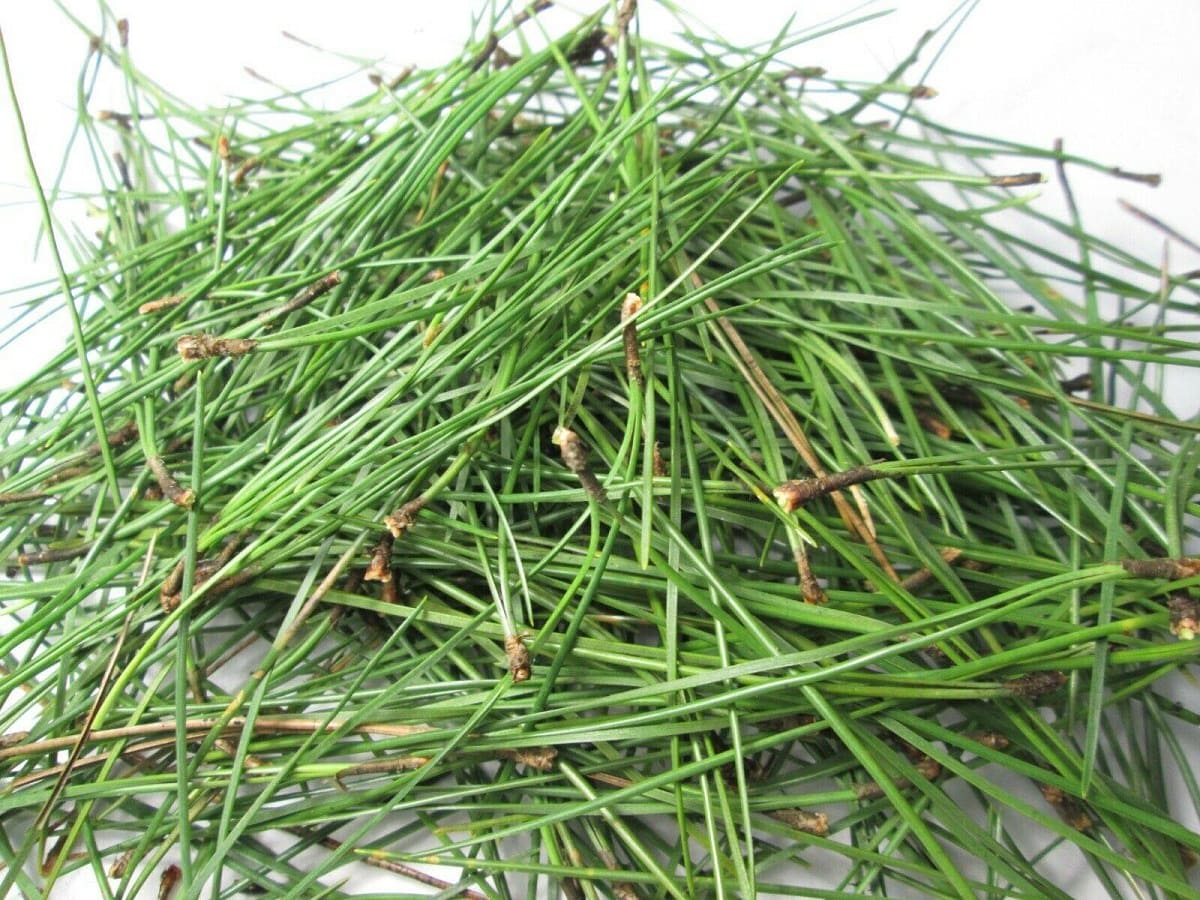

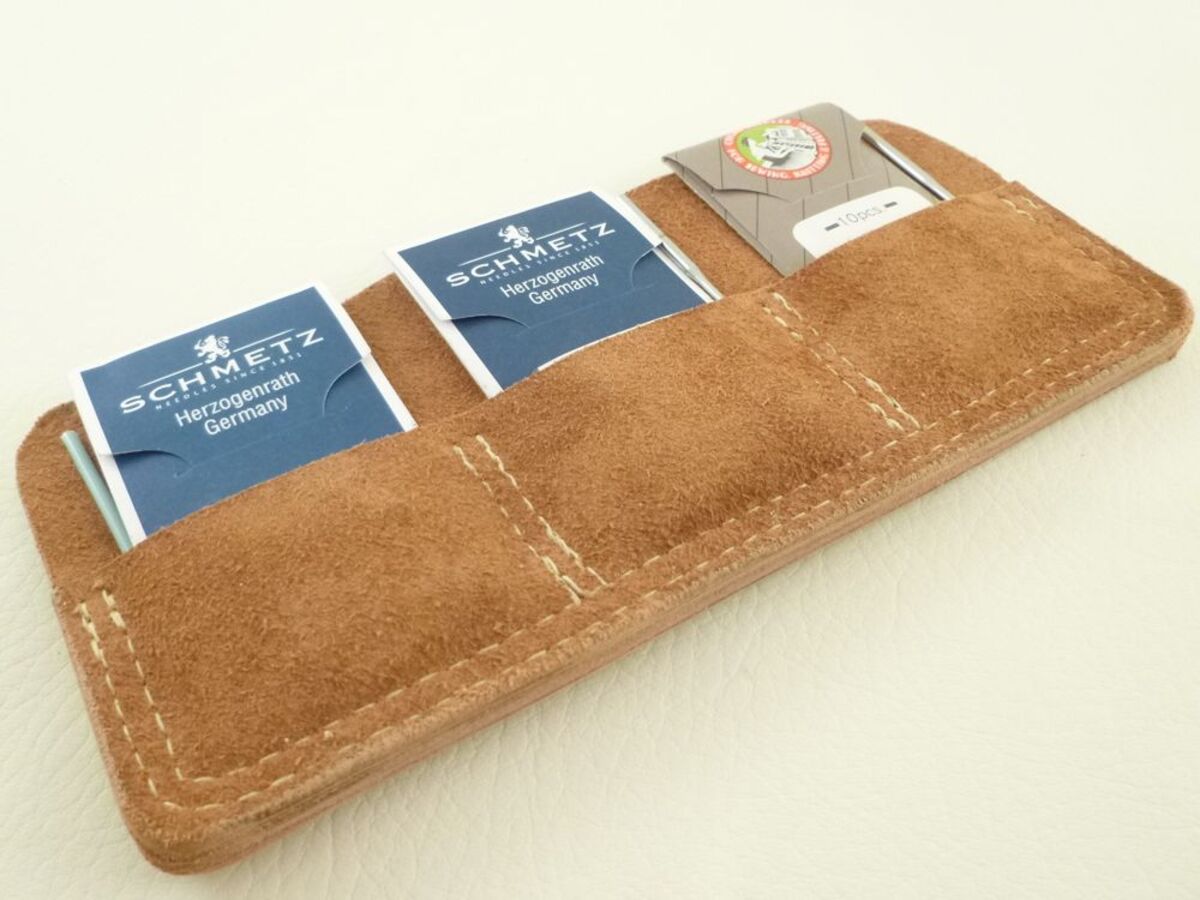
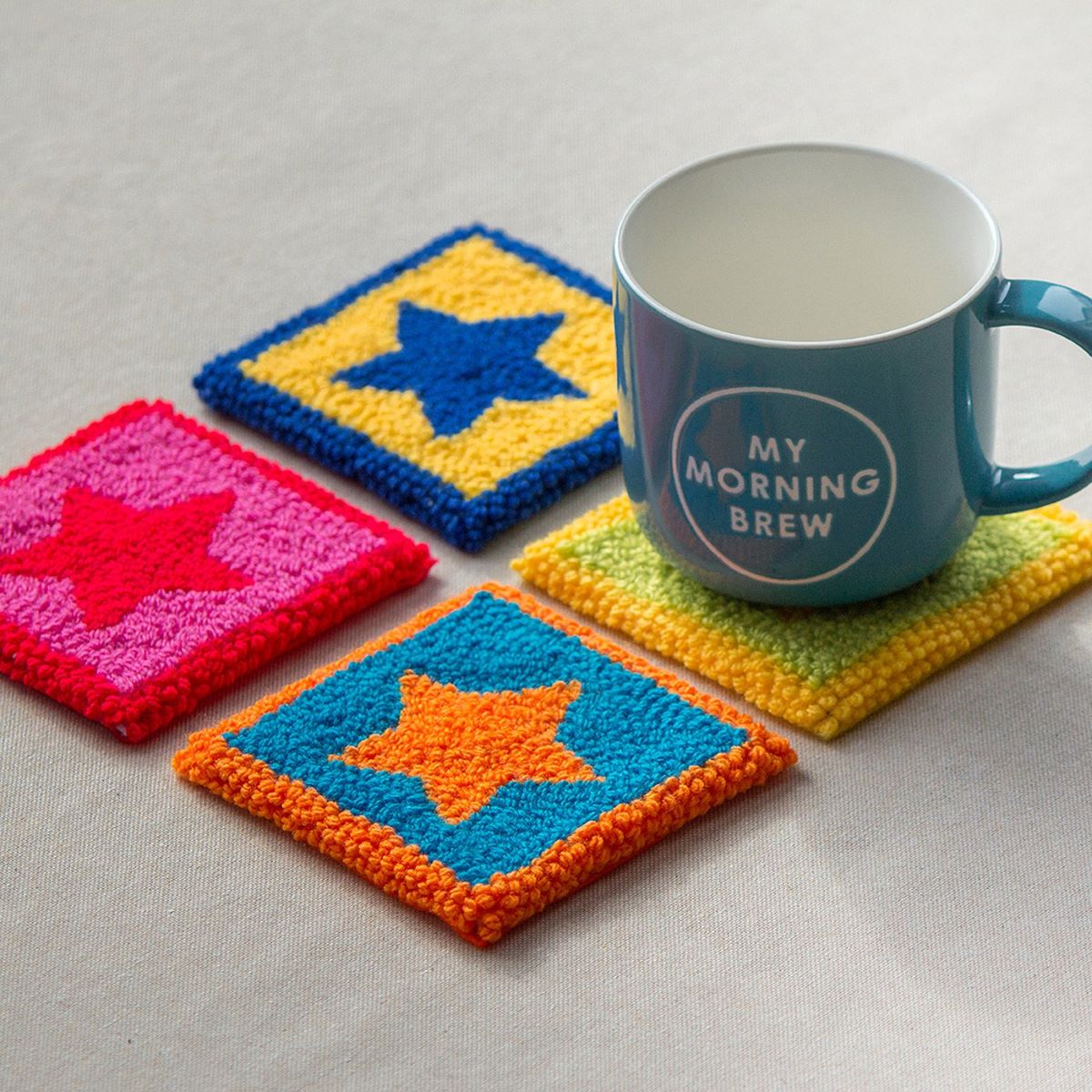
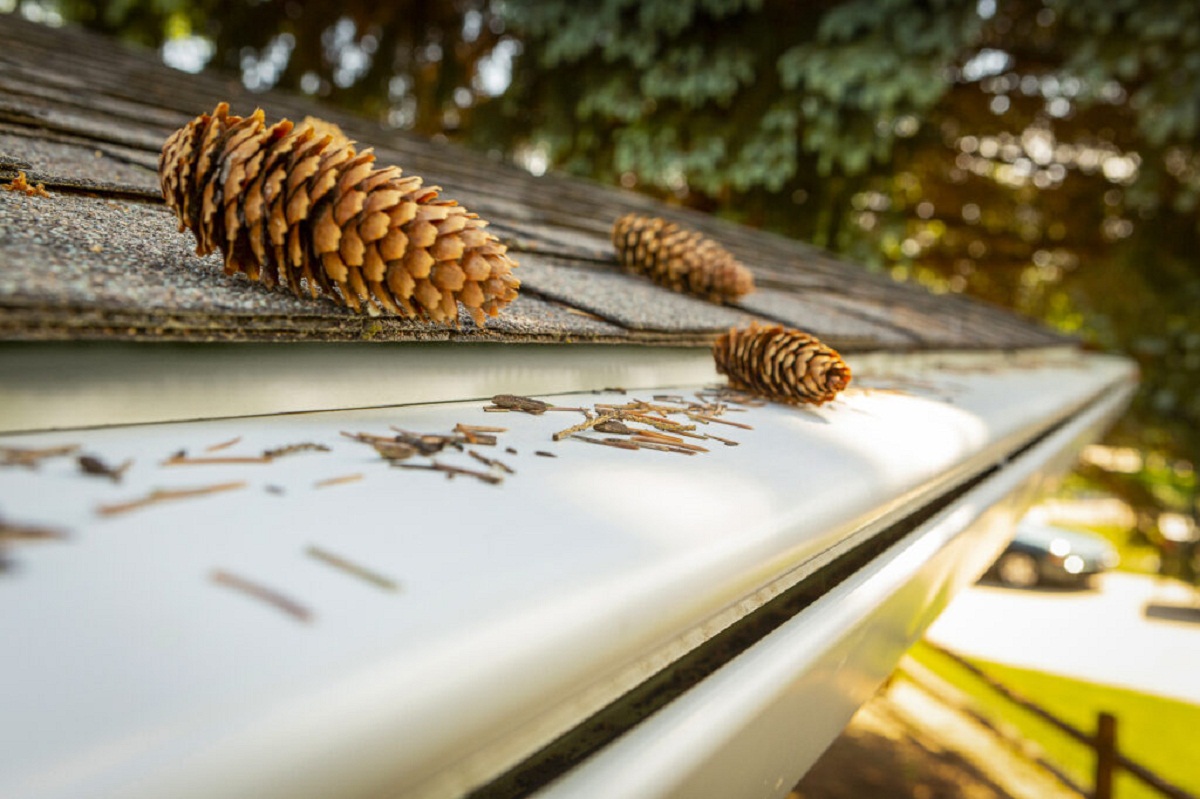
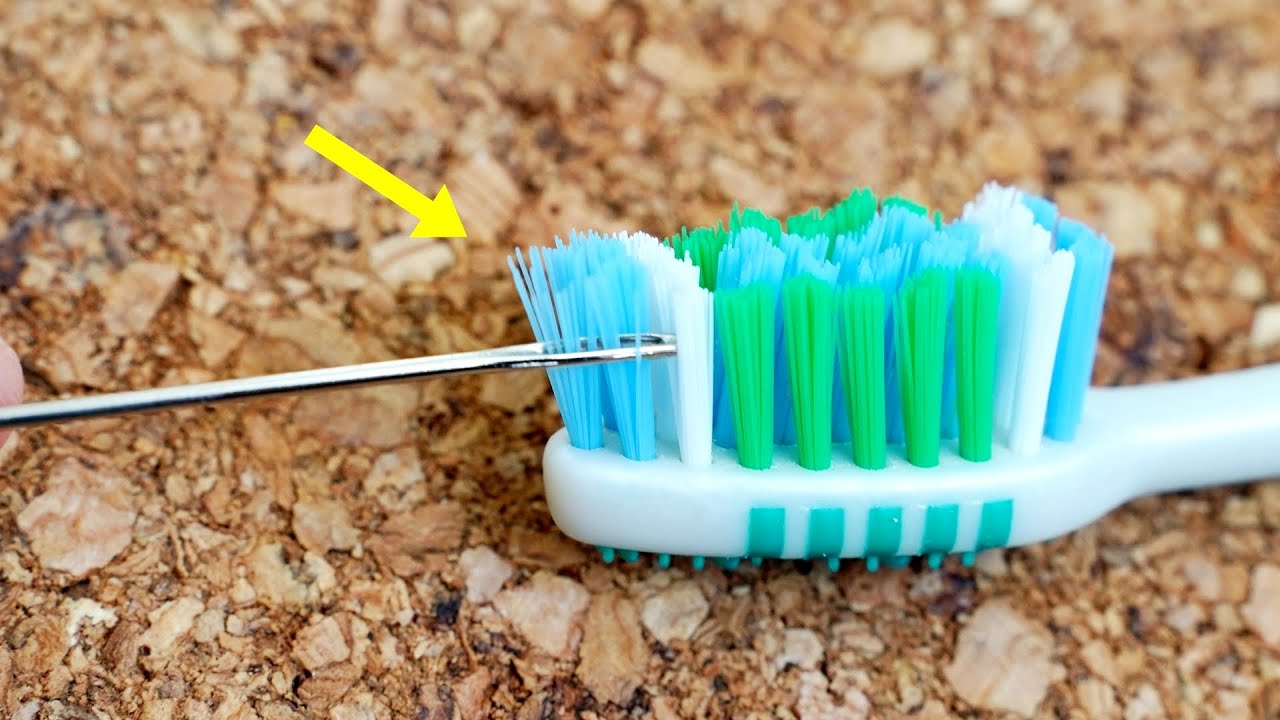
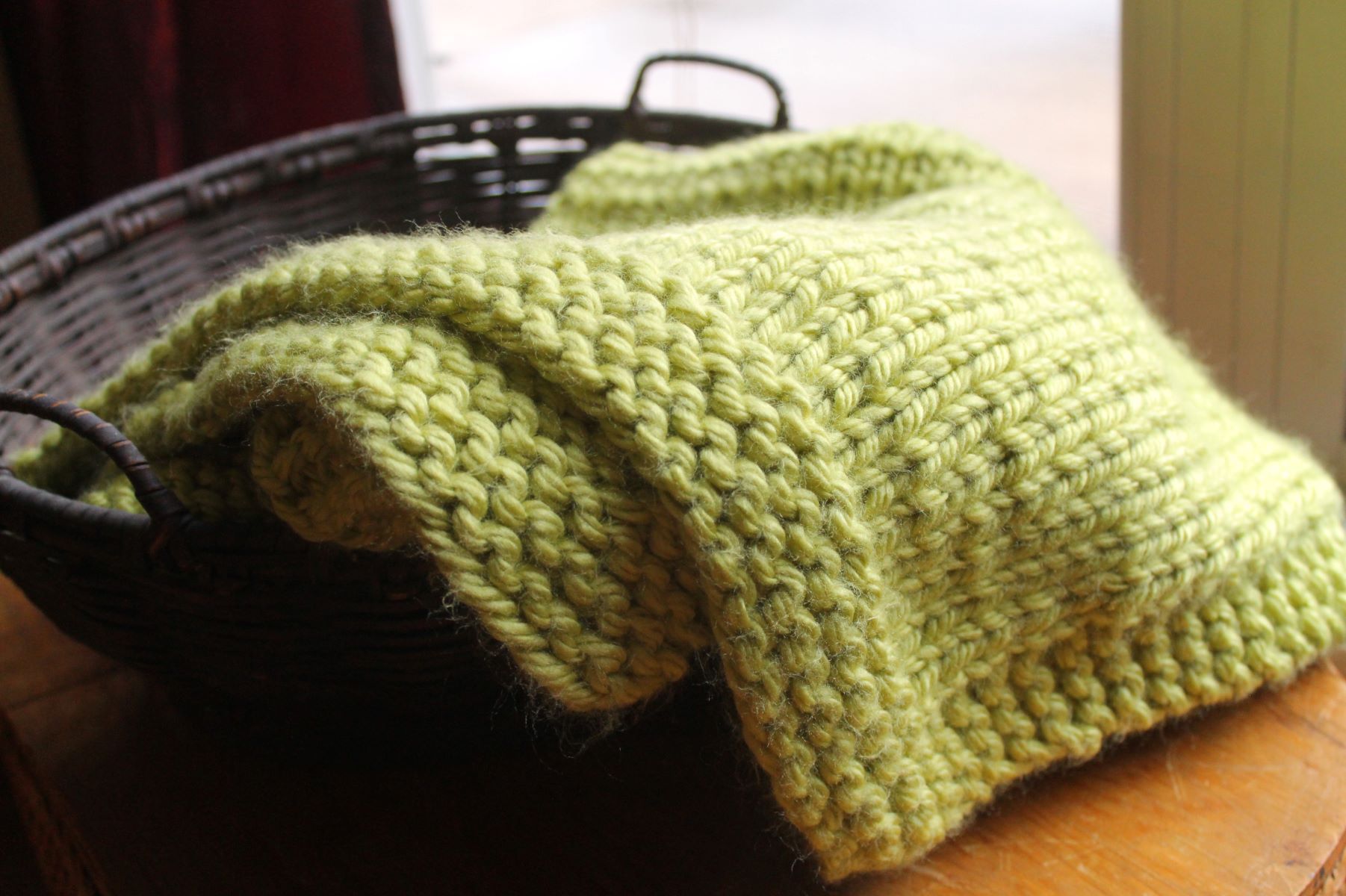
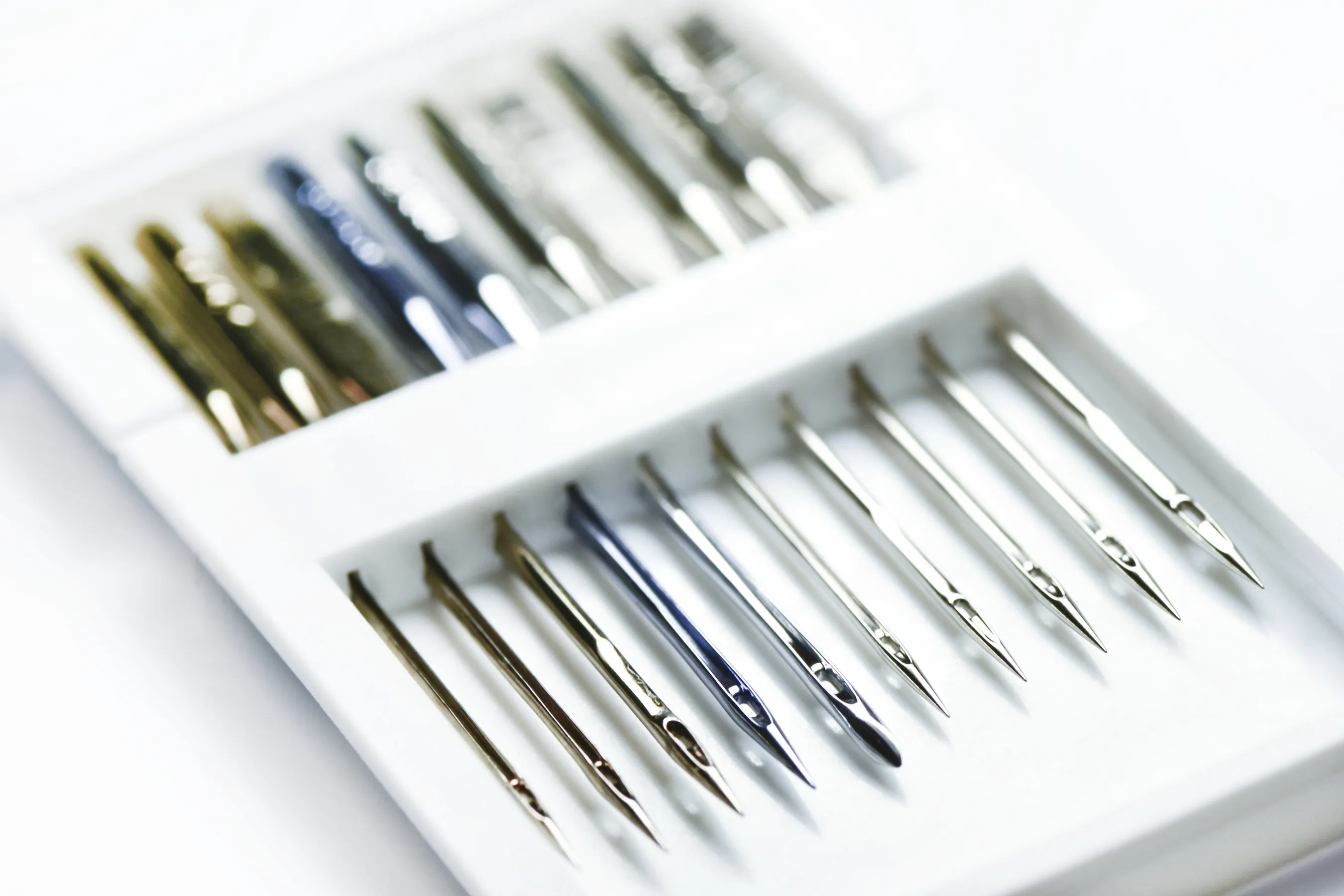
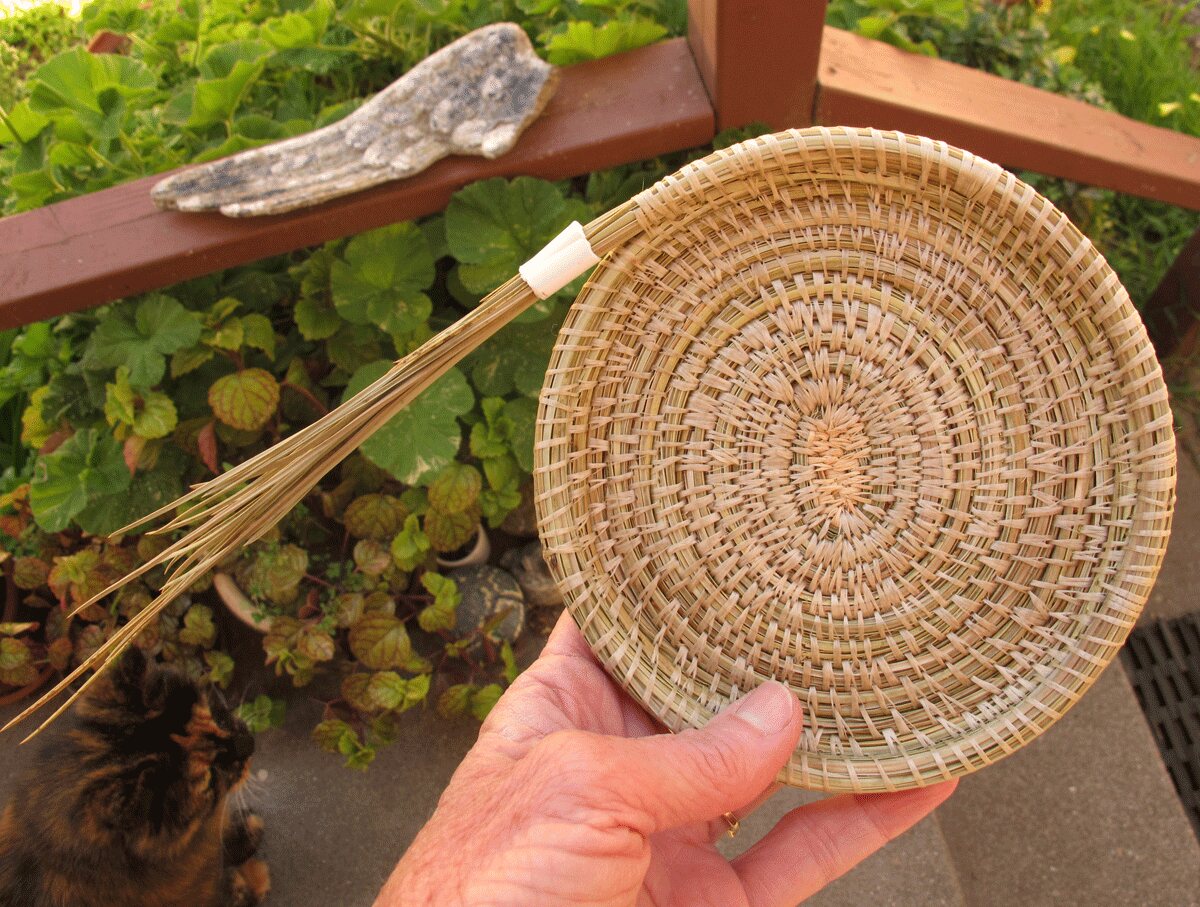

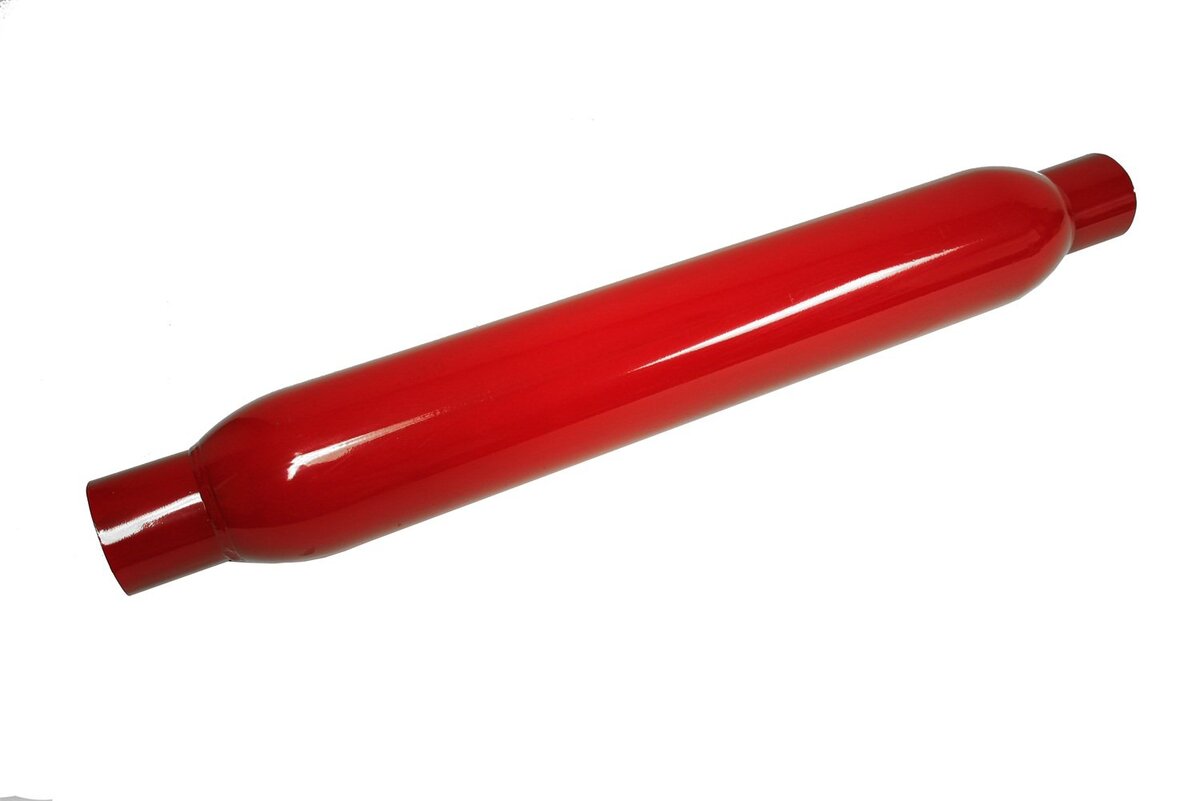
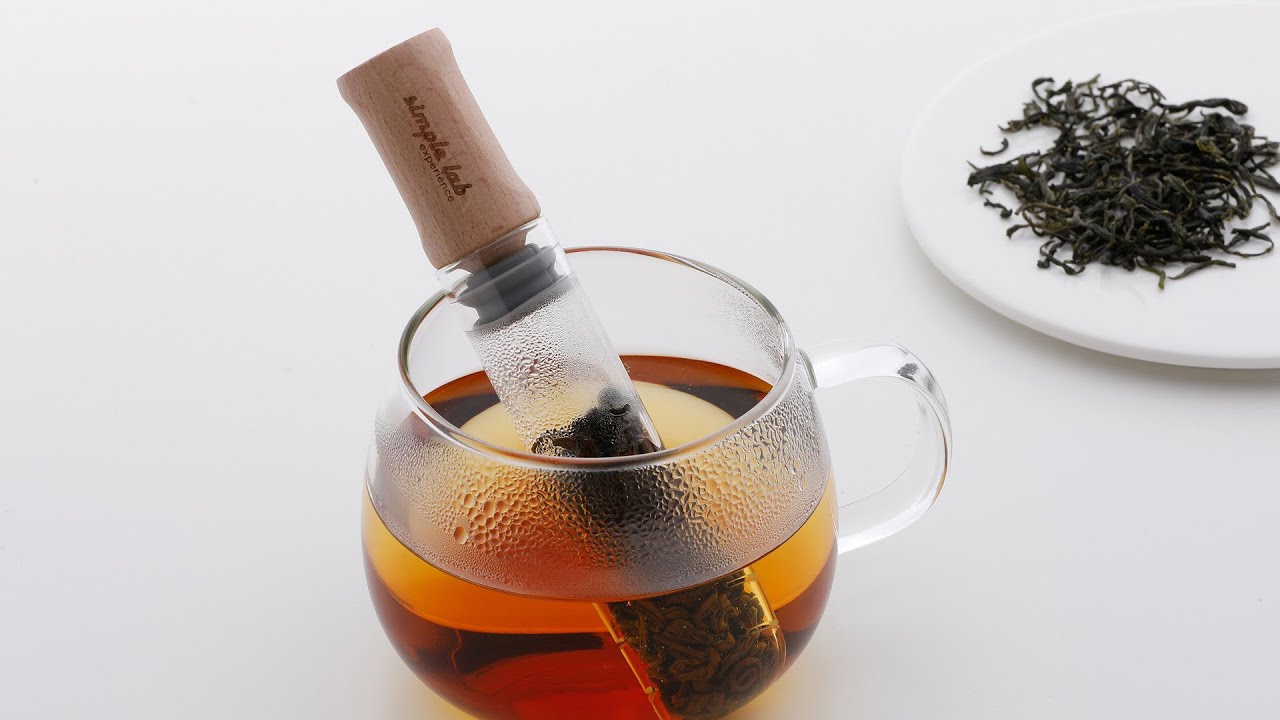


0 thoughts on “What Are Glass Needles”